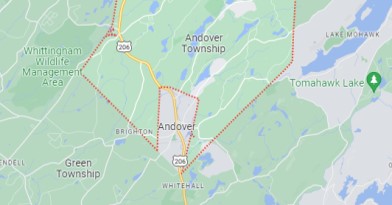Self-Insurance Certification
Self-Insurance Certification Services due to the rapid rise in workers' compensation premiums over the last few years, self-insurance is becoming an increasingly popular and cost effective way for organizations to manage their workers’ compensation exposure.
However, the "self-insuring" process can be difficult and full of pitfalls. Because of this, it is very important to have a company to work with your organization that is familiar with these "pitfalls" and able to provide guidance throughout the process.
Penser and its consultants have taken many organizations through the self-insuring process, and are very aware of what it takes to get companies through the "obstacle course".
Since each organization is different and has a unique set of challenges in the certification process, Penser tailor's its certification services according to an entities specific needs. In general, however, we have found the following step by step approach to be very effective in assisting organizations through the process:
1. DETERMINE IF YOUR ORGANIZATION MEETS THE STATE'S MINIMUM REQUIREMENTS
Below is a listing of the State of Washington’s Minimum Self-Insurance Requirements
- Minimum $25,000,000 in total assets
- Meets states financial ratios
- At least 3 years in business in the State of Washington. Audited financial statements. The Department also likes to see profitability and has several financial ratios they look at to evaluate a company's financial health.
- Must demonstrate ability to manage your Self-Insurance program - either through the use of qualified third party administrator, or self-administration.
- Must have surety bond or escrow deposit.
- Must have written, documented safety program.
- If a subsidiary, the parent company must sign a financial guarantee
2. DETERMINE IF SELF-INSURANCE IS RIGHT FOR YOUR ORGANIZATION - BENEFITS OF SI
Most Organizations explore self-insuring their workers’ compensation exposure in an effort to reduce costs. This is a very valid reason, but, to achieve and maintain a self-insurance program that is cost effective takes a serious commitment to safety and claims management by the organization. Self-Insurance requires a long term commitment throughout the organization, from upper management down to the line employees. Self-Insurance, once obtained and committed to , can be very beneficial for both the employer and the employees. Below are some of the benefits:
Employer Benefits
- Reduce Workers’ Compensation Costs
- More Efficient Claims Administration
- Increased Control in Claims Direction - "It’s Your Money"
- Better Coordination of Medical, Vocational and legal Management
- Availability of Cost Containment Systems
- More Management involvement in Safety
- Customized Data Reporting Available.
- Risk can be limited by insurance coverages
- Cash Flow benefits from lower costs and extended payment pattern of losses
Employee Benefits
- Employees no longer pay medical aid premium
- More timely benefits
- Improved communications for injured workers
- More effective medical and return to work management
3. BASIC FEASIBILITY STUDY
To determine if self-insurance makes financial sense for your organization, Penser can, at no cost and no obligation to you, conduct a basic feasibility study of your program.
The self-insurance feasibility study compares the last several years of your State Fund workers' compensation costs and premiums to how you would have done if you had been self-insured for that same period of time. We include estimates of the costs associated with being a self-insured employer along with estimates on the improved claims management efficiency you can expect to gain as a self-insured employer.
The basic analysis can help quantify the savings you would have had in the past, and can expect in the future if you become self-insured. It can also help justify any costs that may be necessary to become self-insured.
To conduct a self-insurance analysis, Penser simply needs to obtain a signed "authorization to inspect form" from the employer. This form allows Penser to request the necessary loss history, risk class codes etc from the Department of Labor and Industries.
4. SAFETY PROGRAM INITIAL EVALUATION
When it comes to getting through the self-insurance certification process, a failed safety program, is the most common cause for employers to not be granted certification.
Due to this fact, Penser has partnered with Specialty Safety Services and it’s President, Gordon Coffey to provide employers with the most experienced and qualified safety certification consultant in the State. Gordon is very experienced at preparing employers for their certification safety evaluation, and has assisted more employers through the certification process than any other safety consultant.
The first step in preparing for a safety audit is to obtain a baseline of the employer’s written and physical safety program.
As part of Penser’s certification service program, Gordon will come out to your location, review your written program and do a walkthrough of your locations. After assessing the strengths of your program, and the areas he feels need improvement, Gordon will provide a report outlining what he feels needs to be done prior to the certification safety audit. In conjunction with his report of findings, Gordon will provide a price quote for the services he feels will be necessary to give the employer the best preparation to pass the certification audit.
5. PRELIMINARY REVIEW OF FINANCIAL STATEMENTS
Prior to getting too far into the self-insurance certification process, Penser will obtain a preliminary opinion from the Department of Labor & Industries certification manager regarding an organizations financial position, history and structure. The Department will want to see the financial statements audited.
By doing this, we can determine the best way to fill out the application, and also get a reading on how the Department will view a companies financial position and ratios. If there is a problem in this area, it is best to know right away in order to avoid unnecessary costs.
6. TIME FRAMES / IMPLEMENTATION / APPLICATION
Once the above steps have been taken, and it has been determined that an organization wants to proceed towards self-insurance, the next step is to implement the plans of action necessary to improve on any areas of weakness that were identified (e.g. improving written safety program, get financials audited, etc.).
The implementation plan must take into consideration the following Application and Evaluation Process-Time Frames:
Application
- Applications are submitted on natural quarters ( e.g. 1/1, 4/1, 7/1 10/1) for certification on the subsequent quarter
- One page application form completed
- Copy of written safety program
- Three years financial statement (most recent audited)
- $250 check payable to Department of Labor and Industries for filing fee
Evaluation
- L & I safety inspector evaluates safety program (usually 30-60 days after application filing) at identified locations, including offices
- Self-Insurance Certification Department completes financial evaluation
- L & I committee meets 30 days prior to quarter to approve or disapprove applicants
- Companies can pull application for later consideration (usually 90 days)
- If the company fails the safety evaluation, they generally must wait 6 months for reconsideration
7. CERTIFICATION APPROVAL
Approximately 30 days prior to the quarter, L & I will issue letters to all applicants. The letters will either indicate that the organization has been denied, (and they will provide the reason (s) why), or that the organization has been accepted contingent on providing the required surety bond documentation.
During the last 30 days prior to self-insurance beginning it is very important to get all of the self-insurance claims management functions and programs in place.
Penser works with the employer to make sure all elements of the program are in place and functional prior to beginning self-insurance. Below are a few of the key components Penser can assist with:
- Excess Insurance/ Surety Placement
- Banking arrangements
- Reporting
- "Injury Packet"
- Light duty program
- Supervisor training
- Managed Care
To obtain more information about self-insurance, and our self-insurance certification services please contact a Penser representative at certificationservices@pensernorthamerica.com or call Phil at 360-455-4128 x103 .
Unsurpassed Client Satisfaction

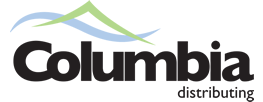

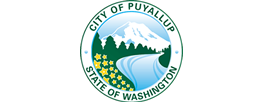
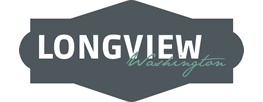
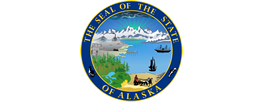
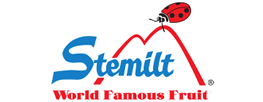
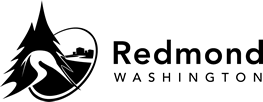
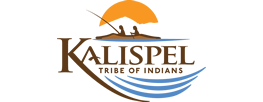
OFFICES
Our Locations
Please feel free to contact any of our locations using the information below.
General: info@pensernorthamerica.com • Clients: customerservice@pensernorthamerica.com • Employment: careers@pensernorthamerica.com






